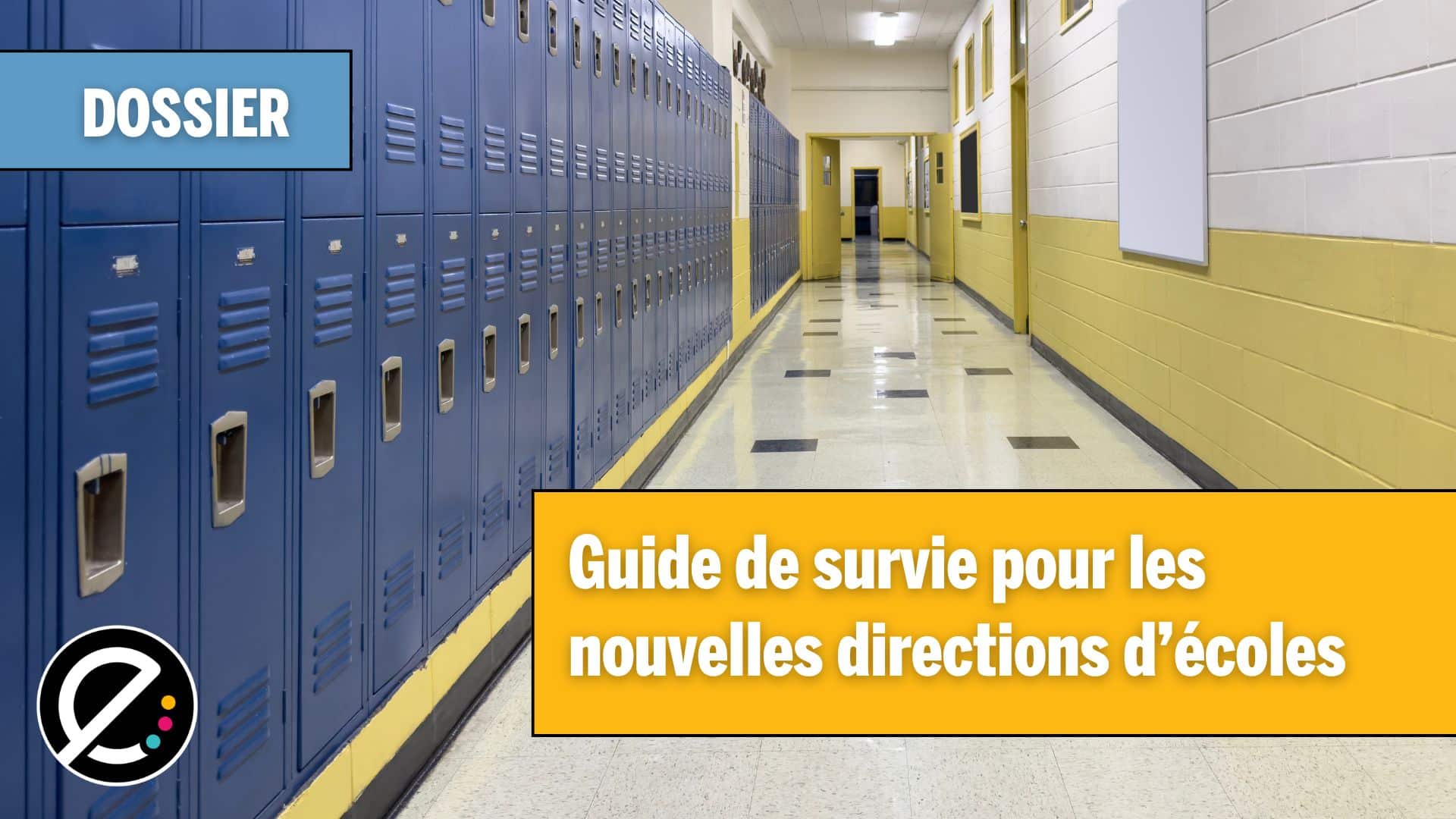Un enseignant d’éthique et culture religieuse nous livre quelques uns de ses secrets pour dynamiser son cours à l’aide de divers outils et ressources technologiques.
Le cours d’éthique et culture religieuse (ÉCR) n’est généralement pas le plus captivant. Réfléchir sur des enjeux éthiques, manifester une compréhension du phénomène religieux et pratiquer le dialogue paraît ennuyant voir même inutile, aux yeux de certains élèves. Pour dynamiser un tel cours, mais aussi pour le rendre attrayant, les technologies de l’information et des communications (TIC) représentent des atouts précieux. En voici quelques exemples.
À l’École secondaire Otapi, dans Lanaudière, j’utilise moi-même les TIC en tant qu’enseignant d’ÉCR pour épauler les élèves dans leur compréhension du phénomène religieux. Par exemple, je les invite régulièrement à visiter la section Éthique et culture religieuse du site du Service national du RÉCIT, Développement personnel, qui est conçue aussi bien pour le primaire que le secondaire. Celle-ci contient notamment une portion interactive qui permet d’effectuer de manière autonome une visite virtuelle de différents lieux de culte des grandes traditions religieuses. Elle propose de plus des images d’objets de culte accompagnées de courts textes descriptifs. Grâce à cette ressource notamment, je constate que les élèves sont en mesure de mieux se représenter ces éléments religieux lorsque j’en fais mention en classe.
La tablette est également une technologie utile au cours d’ÉCR. À titre d’exemple, dans les écoles secondaires Bernard-Gariépy et Fernand-Lefebvre de la Commission scolaire de Sorel-Tracy, elle est utilisée quotidiennement pour permettre aux élèves de lire l’actualité. Dans leur cours, les enseignants d’ÉCR ciblent alors des textes et/ou des sujets précis qui deviennent par la suite matière à réflexion, discussions et argumentation. Les enseignants se servent donc de l’actualité pour que les élèves participent au cours. En conséquence, ces derniers sont bien au fait des nouvelles puisqu’un moment leur a été consacré.
Internet et le tableau interactif sont aussi des technologies simples, mais bien efficaces en ÉCR. Un site comme YouTube permet de présenter en quelques clics des vidéos qui mettent en lumière des concepts vus en classe. Par exemple, pour que les élèves saisissent bien les concepts comme l’entraide, la compassion ou l’altruisme, je présente la dévastation causée par les récents tsunamis ou le tremblement de terre en Haïti. Je constate que lorsque je leur décris l’événement, les élèves écoutent, mais n’ont jamais la même réaction que lors du visionnement. Je vois alors sur leur visage qu’ils réalisent l’ampleur de telles catastrophes. Des sites comme Wapikoni mobile (cinéma des Premières nations) ou l’Office national du film (ONF) sont également pour moi d’excellentes sources audiovisuelles afin de présenter des enjeux éthiques parfois difficiles à saisir pour les élèves. On y retrouve des vidéos aux sujets variés pouvant susciter la controverse, qui deviennent par la suite des sujets de discussion ou qui servent de référence pour des travaux d’analyse et de réflexion.
Et vous, quelles sont vos meilleures pratiques ou vos ressources préférées dans l’utilisation des TIC en ÉCR? Pour aller plus loin, nous vous présenterons prochainement un autre article sur le sujet, faisant suite à l’atelier de Benoît Petit au dernier colloque de l’AQUOPS.






